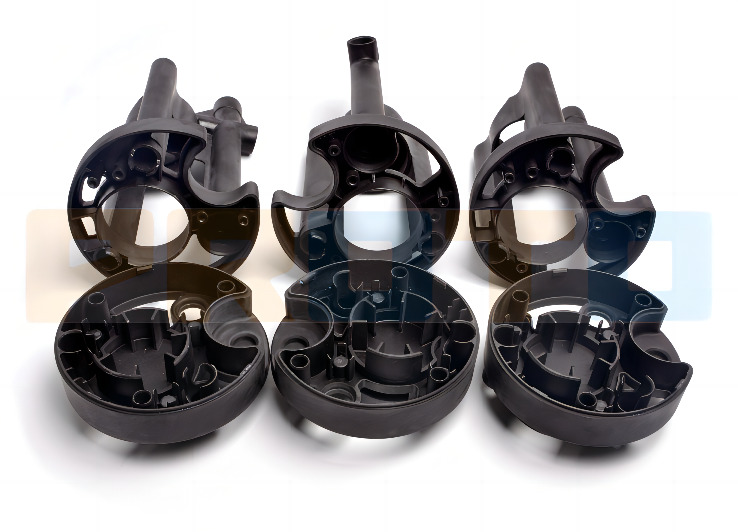What kind of material should you choose for 3D printing prototype? 3D printing materials are crucial in the 3D printing process, so you must choose the 3D printing materials that are suitable for the required model. These factors are divided into two categories based on the purpose of making the model: appearance verification models and structural verification models.

Appearance verification model
This type of model has higher requirements for appearance. It is visible and touchable. It can intuitively display the designer’s creativity in the form of physical objects, avoiding the disadvantage of “it looks good when drawn but not when made”. Appearance verification model production is essential in the process of new product development and product appearance refinement.
Based on the need for appearance verification models, it is recommended that you choose photosensitive resin 3D printing (including high-toughness photosensitive resin and transparent resin).
Structural verification model
In the product design process, from design plan to mass production, molds are generally made first. The production cost of molds is relatively high, and large molds are worth hundreds of thousands or even millions. If the structure is unreasonable or other problems are found during the printing and production process, the losses can be imagined.
Therefore, if the requirements for precision and surface quality are not high, you can choose low-cost and cost-effective materials, such as PLA, ABS and other materials. The most plastic consumables on the market now are mainly PLA.
If you have high requirements on appearance and structure, it is recommended to try nylon 3D printing. The main cost of 3D printing is the purchase of materials. You just need to choose the one that suits you according to your needs.
Characteristics of 3D printing materials using different processes:
Milky white has good texture and good strength, but its toughness is relatively low. Small and thin ones are prone to brittle fracture, but they are easy to polish, electroplat, spray paint and color. In terms of performance of photosensitive resin 3D printing materials, there are also some imported photosensitive resin materials with high strength, transparency, high temperature resistance, moisture resistance and waterproofing.
Relatively speaking, the surface printing layer marks are more obvious and rough. However, the material properties of good strength, good willfulness, high collision resistance, strong solvent resistance, and stable durability make it an ideal material for accurate functional testing, molds, and finished products. The 3D printing materials used in this type of 3D printing technology include industrial-grade 3D printing materials and desktop-grade 3D printer consumables.
PA series nylon 3D printing materials: wear-resistant, high strength and stiffness, good chemical resistance, excellent long-term stable behavior, high selectivity and detail resolution, biocompatible, compliant with EN ISO 10993-1 and USP, compliant with EU plastics Directive approved for use in food contact. Typical applications of this material are fully functional plastic parts of the highest quality. But the surface is relatively rough.
There is also PA3200GF nylon fiberglass material used for deep drawing molds or any other application that requires specific stiffness, high heat deflection temperature and low wear; aluminum filled nylon materials typically used in metal-look, heat-loaded parts.
The above is an analysis of the best materials to choose for 3D printing prototypes.
PROTO MFG provides a wide range of manufacturing capabilities and other value-added services for all of your prototyping and production needs. Visit our website to learn more or to request a free, no-obligation quote.